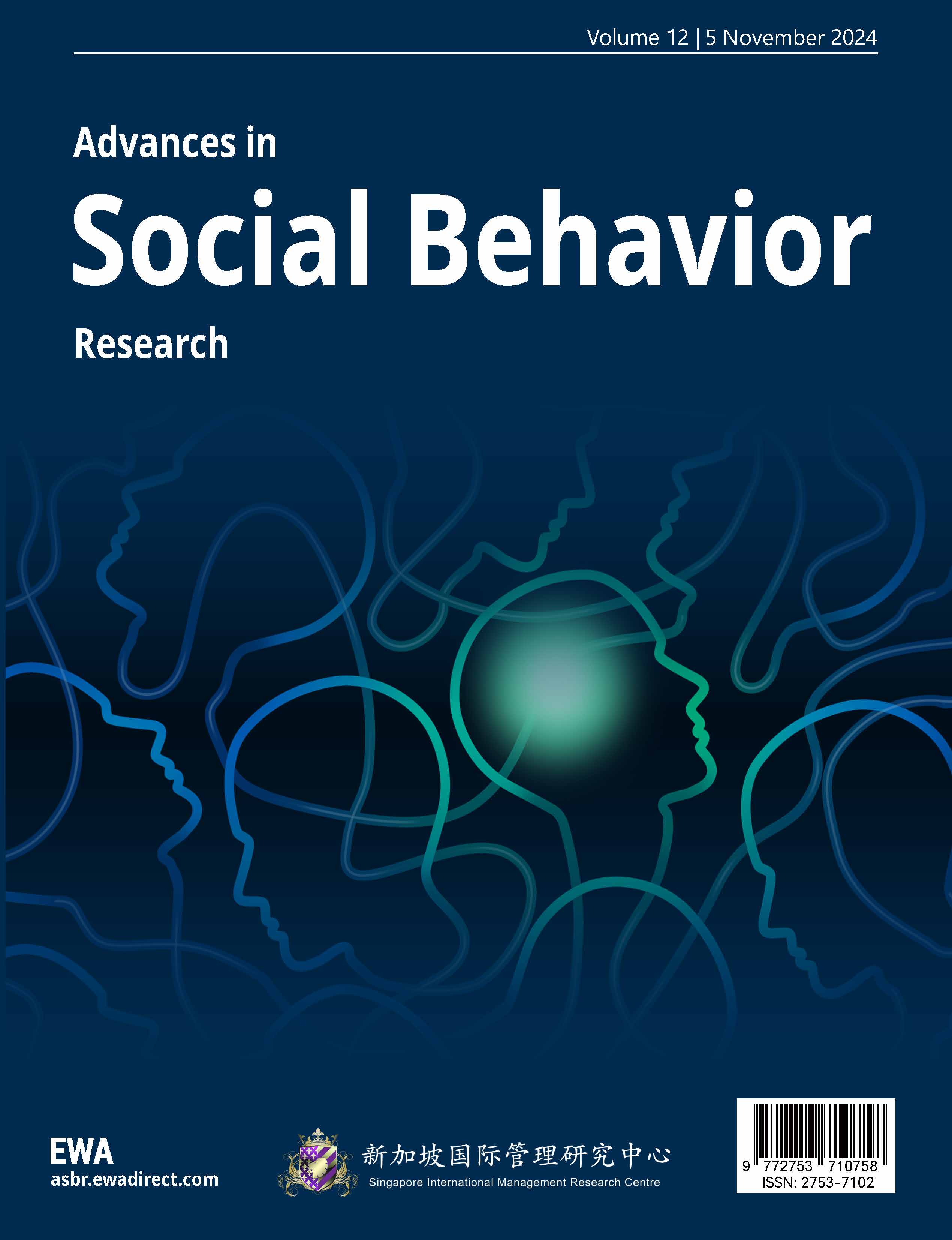References
[1]. Gao, C. S. (2024). How can the high-quality development of smart elderly care be effectively promoted?Social Science Journal, (6), 172–180.
[2]. Huang, W. D., Geng, Y., & Yang, J. J. (2023). A smart home-based elderly care service system from the perspective of active aging.Chinese Journal of Gerontology, 43(12), 3062–3065.
[3]. Kong, W. (2024, August 27). Effectively developing elderly human resources to actively address population aging. Retrieved July 19, 2025, from https: //www.mca.gov.cn/n1288/n1290/n1316/c1662004999980001138/content.html
[4]. Mao, Y. H., Yan, Z. H., & Zhang, Z. (2024). Research on the social welfare of smart elderly care from the dual perspectives of city and household.Population Journal, 46(6), 112–128.
[5]. Ministry of Industry and Information Technology of the People’s Republic of China, Ministry of Civil Affairs of the People’s Republic of China, & National Health Commission of the People’s Republic of China. (2021). Action plan for the development of the smart health and elderly care industry (2021–2025). Retrieved July 19, 2025, from https: //www.gov.cn/zhengce/zhengceku/2021-10/23/5644434/files/e7f33c3721144446aece8dfc2141d3bb.pdf
[6]. Qi, Z. M. (2025). Construction and operational mechanism of the elderly education ecosystem in smart elderly care communities.Education and Vocation, (3), 80–88.
[7]. Shen, Q., Li, L. Z., & Cai, Y. H. (2024). From exploring industrial layout to enhancing service systems: The evolutionary process and issues of China's smart elderly care policies.Social Policy Research, (3), 48–61+133.
[8]. Wang, J., & Liu, Z. (in press). New issues in smart elderly care: The shift from intelligent technology to elderly subjectivity. Journal of East China University of Science and Technology (Social Science Edition). Advance online publication. Retrieved June 13, 2025, from URL
[9]. Wang, Y., He, C., & Wang, X. M. (2024). Investigation and study on the demand for smart home-based elderly care among middle-aged and older adults under different living arrangements.Shanghai Urban Planning Review, (3), 31–36.
[10]. Wen, J., & Liu, Q. (2023). Uncertainty risks in smart elderly care and response strategies.Jianghuai Forum, (5), 57–64, 193.
[11]. Xinhua News Agency. (2021, March 13). The outline of the 14th five-year plan for economic and social development and long-range objectives through the year 2035 of the People’s Republic of China. Retrieved July 19, 2025, from https: //www.gov.cn/xinwen/2021-03/13/content_5592681.htm
[12]. Xinhua News Agency. (2023, May 21). [Document title]. Retrieved July 19, 2025, from https: //www.gov.cn/gongbao/2023/issue_10506/202306/content_6885267.html
[13]. Yang, T. (2024). Research on the development model of the rural smart elderly care industry.Chinese Journal of Agricultural Resources and Regional Planning, 45(2), 179, 200.
[14]. Yuan, W. Q., & Wang, Z. X. (2024). Potential risks in smart elderly care development and strategies for their avoidance.Urban Problems, (1), 84–91, 103.
[15]. Zhu, M. L., & Deng, Y. P. (2023). International governance experience and enlightenment of smart old-age care in the legal and ethical perspective.Social Security Studies, (4), 85–92.
[16]. Zhu, Q. (2023). Digital dilemmas and responses in smart elderly care.People’s Tribune, (22), 64–68.
[17]. Zhu, Q. H., & Zhao, Y. X. (2023). Age-friendly transformation of internet applications from the perspective of smart elderly care.Information and Documentation Services, 44(2), 21.
[18]. Zuo, M. Y. (2024). Prospects and pathways for the development of the smart elderly care industry.People’s Tribune,(13), 24–27.
[19]. Zuo, M. Y., & Yang, Y. M. (2025). A study on smart elderly care services based on the dynamic needs analysis of elderly groups across different age stage. Journal of Sichuan University (Philosophy and Social Science Edition), (3), 15–27+226–227.



